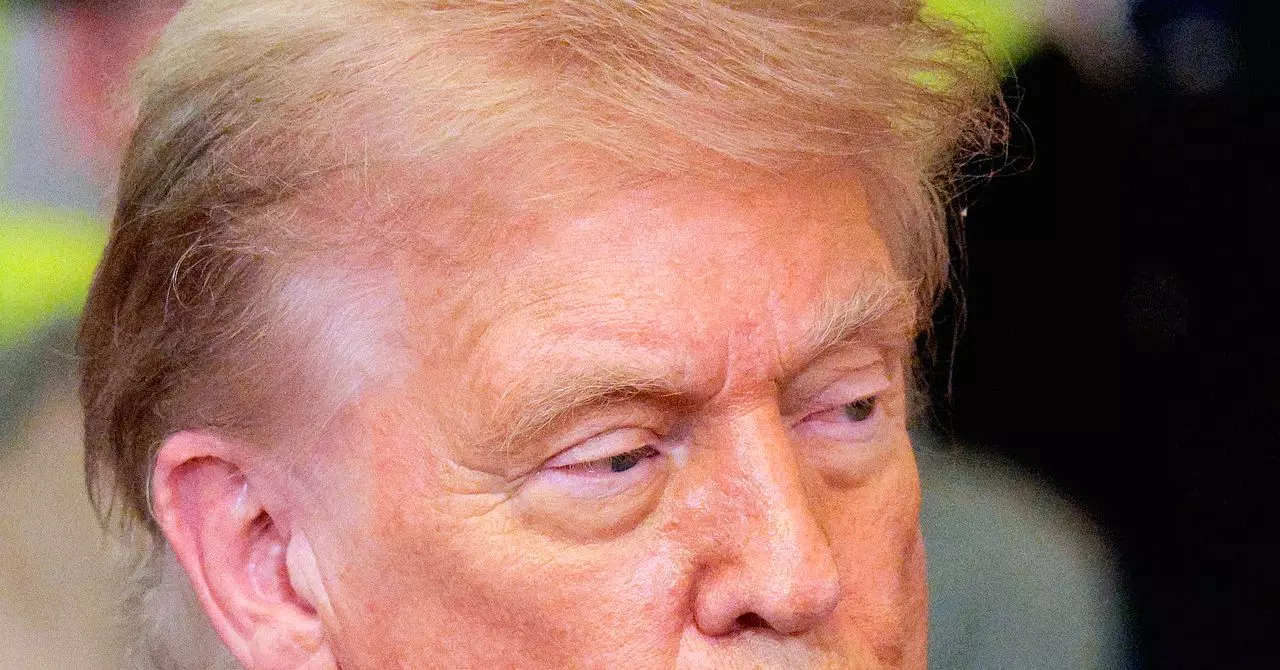The fast-paced political drama surrounding the proposed AI moratorium reveals the deep fault lines between federal control ambitions and state-level regulatory autonomy. Congress is struggling to finalize legislation that includes a controversial “AI moratorium” provision, originally designed to halt any state AI regulations for a full ten years. This moratorium stems from a vision championed by officials like David Sacks, the White House AI czar, whose background in venture capitalism undoubtedly shapes his preference for minimal restrictions on AI development. Yet this proposal has sparked intense backlash from a wide range of stakeholders — not just policy wonks, but state attorneys general, conservative lawmakers, and grassroots advocacy groups alike.
Senators Marsha Blackburn and Ted Cruz’s attempt to mollify critics by cutting the moratorium period in half, to five years, and carving out exemptions for certain protections was intended as a compromise. However, Blackburn’s reversal to oppose even this diluted version speaks volumes about the provision’s real-world implications. It is increasingly clear that this isn’t just a disagreement over legislative wording but a fundamental clash about who should wield power over AI governance: Big Tech, which benefits from lax federal oversight; or states, which are trying to protect their citizens in areas such as child safety, privacy, and combating deepfakes.
The Impact of the Moratorium on State Protections
The carve-outs—intended as safeguards—cover laws addressing unfair practices, child online safety, illegal content, and publicity rights, among others. Yet they come with a problematic caveat: any exempted rule cannot impose an “undue or disproportionate burden” on AI systems or “automated decision-making.” This condition effectively handcuffs state regulators, as it injects ambiguity into when an AI law might be considered too onerous. Because AI underlies many digital services—from social media algorithms to content recommendations—this vague standard threatens to erode meaningful regulatory efforts.
Critics like Senator Maria Cantwell recognize this ambiguity as a loophole, potentially shielding AI companies from accountability and dissuading states from enacting robust protections. Advocacy groups focused on child safety and online privacy echo this concern, warning the moratorium would stunt innovation in protective regulation under the guise of easing technological progress. The irony here is stark: a law pitched as “protecting citizens” might instead undermine their security by disarming local governments’ ability to respond swiftly to emerging harms.
The Growing Divide Between Big Tech Interests and Public Safeguards
This legislative saga highlights the persistent tension between the commercial interests of Big Tech and the public’s growing demand for AI oversight. Industry players favor federal preemption with broad moratoria because it streamlines compliance and preserves innovation freedom. Meanwhile, the public increasingly demands transparency, accountability, and protections against AI’s potential harms, including privacy violations, misinformation amplification, and exploitation of vulnerable groups.
The opposing views aren’t just about regulation pace—they reflect fundamentally different visions for AI’s societal impact. Blackburn’s advocacy for protecting artists’ likeness rights in Tennessee, for example, points to how tailored state laws can address harms specific to local constituencies. Yet such targeted efforts risk being nullified by a sweeping federal freeze that privileges economic growth over individual rights.
The Political Complexity Undermining Effective AI Governance
Another striking aspect is the fluid and contradictory positions held by some lawmakers, exemplified by Blackburn’s shifting stance. Initially opposed to the moratorium, then co-authoring a softened version, before reversing again — this flip-flopping signals intense political pressure and the difficulty of balancing competing demands from constituents, industry lobbyists, and advocacy groups.
This inconsistency undermines public trust and suggests that AI policy is being shaped more by political expediency and special interests than by a coherent vision for responsible technology governance. Meanwhile, the polarized reactions—from unions denouncing federal overreach to figures like Steve Bannon fearing Big Tech’s unchecked power—illustrate how AI legislation has become a battleground for wider ideological disputes beyond just technology policy.
Why the Stakes Could Not Be Higher
The way Congress handles the AI moratorium sets a precedent with global reverberations. Establishing a regulatory landscape dominated by federal moratoria risks enabling Big Tech to operate with near impunity, potentially accelerating unchecked technological harms. Conversely, doing away with a uniform federal approach might lead to a fragmented patchwork of state laws complicating compliance but offering more tailored protections.
Given the nascent nature of AI and its profound societal implications—from economic shifts to ethical dilemmas—rushing into legislation that broadly halts state regulation without clear, enforceable safeguards is reckless. The moratorium gambit reflects a shortsighted prioritization of industry interests over democratic accountability and citizen welfare.
In this unfolding legislative saga, it is imperative to challenge simplistic narratives glorifying deregulation as progress. True AI governance demands nuanced, flexible frameworks that empower states while guiding national standards—something far from the current moratorium proposal’s reach. The stakes transcend political posturing; at their core is the kind of society we want to build in the age of artificial intelligence.


Leave a Reply